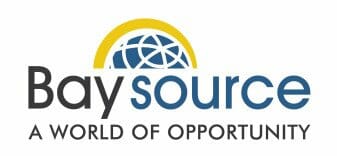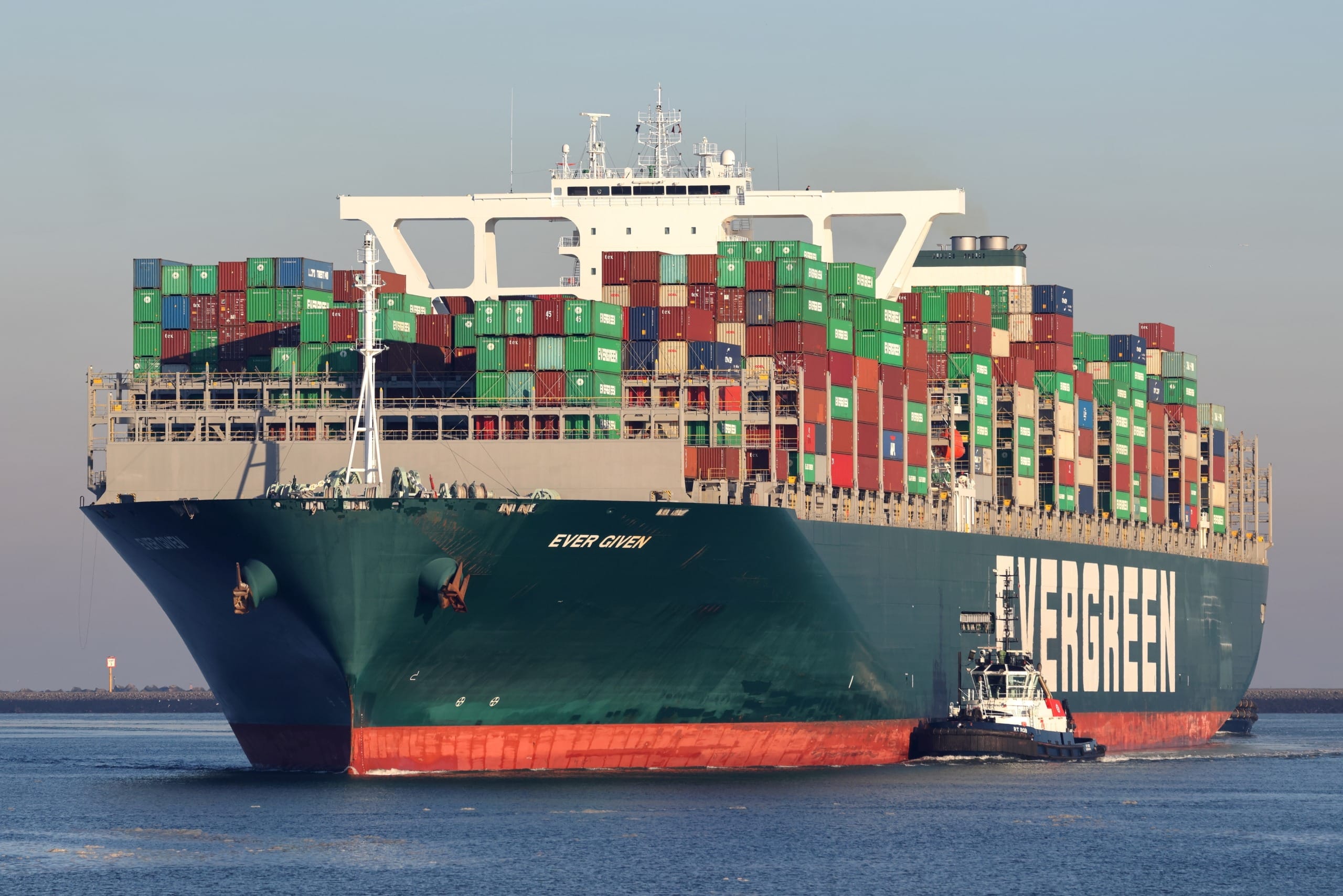Sign Manufacturer Cuts Manufacturing Costs in Half by Outsourcing to China
By John Harney, Business Writer January 2009
Outsourcing manufacturing work to China is a cost-saving but often not a hassle-free undertaking, especially if your company does not have a liaison in place. This liaison must understand the manufacturing practices, expectations, culture, and pricing in China and how they differ from those in the United States and be able to effectively communicate that information to the U.S. office.
Creative Mailbox & Sign Designs is a manufacturer of mailboxes and signs that does $8 million a year in revenues and employs 65 personnel. It has three lines of business. The Residential line manufactures mailboxes and street signs for master plan communities; the Commercial lines does signage for office buildings; and the Department of Transportation line takes care of Department of Transportation signage for interstate and other highways.
It sounds like a simple enough business — design a sign, send the design to China, and have them make it and send it back in quantity. Jamie Harden, CEO of Creative Mailbox & Sign Designs, says it’s not that easy. “We had a relationship with a stamped aluminum outsourcer and manufacturer in China. We found quality inconsistency issues, poor communication, and lack of connectivity into their Asian organization,” he says.
Harden might convey specs and other data and instructions to the U.S. liaison but had no direct communication with the Chinese portion of the business. The result was miscommunication and mistakes, which cut into Creative Signs’ margins and held up manufacturing schedules. “We felt like we were buying a product instead of being in a situation where we could go through a more collaborative design process. It was not a real partnership,” says Harden. “No pun intended, but we often felt like something was lost in translation,” he adds. As a result, the company sought an outsourcing partner elsewhere.
Collaboration is key
Understandably, says Harden, “we were really looking for a service provider that would help us develop a partnership that would give us reliability, quality, effective communication, and good connectivity into Asia.” Harden’s company found exactly that when it phased out the existing outsourcing contract and teamed with BaySource Global www.baysourceglobal.com in June 2006. The company used BaySource to manufacture mailboxes for distribution into its Residential market, and BaySource proved to be both consultative and communicative from the get-go. “From the beginning they went out of their way to understand our needs,” says Harden.
“We had e-mails and conference calls not only with David Alexander, president of BaySource, who runs the domestic side of things, but also with his partners in China; so we really had great connectivity right into that organization,” says Harden.
Creative Mailboxes has in-house graphics designers who come up with images of the product, which they send via the Internet to Alexander. His team takes engineering drawings and specifications, and drops them as CAD drawings into BaySource manufacturing program. This helps the Chinese supplier determine the tooling process, which is necessary to be able to get a quote, according to Harden.
If the buyer can’t provide CAD drawings, BaySource’s China team — all trained in professional CAD shops in China — can develop them for the client. BaySource then comes back with a proposal that states the tooling costs as well as the cost of the product. The supplier also provides a timeline, including how much turnaround time it will take from delivering initial drawings to providing a sample to finally delivering the product.
According to Harden, “We gave them the specifications but said, ‘If you can add any value to the process, feel free to offer it.’ So they came up with a few tweaks here and there to help us come up with a superior product. For instance, they designed a new latch for the mailbox and even went out of their way to find the paint we wanted to use.”
Basically, Harden adds, “As they were doing design, they were sending us pictures to see if it looked right. Sometimes what happens is you lose so much time to market because the manufacturer wants to just do a sample — with no pictures beforehand — and send that to you.” This is an advantage because if the sample is not right, the manufacturer has to repeat the new sample process.
The price is right
Harden readily admits that BaySource delivered “a quality product.” What’s more, the pricing was “extremely competitive.” By outsourcing to China, his company was able to keep design/manufacturing cost of each unit to just $8. Harden estimates that if he’d have attempted manufacturing in the United States, it would have cost twice that.
The lower cost also gives Harden’s company a healthy sales margin to work with since it sells the mailboxes for $30 a unit. Better margins obviously keep the company more competitive since it’s now also coping with a weak U.S. economy.
A one-stop shop
According to Alexander, his company takes over the project from the start. “All we need to understand is whether a customer has ever outsourced a product before or if it’s a product that’s currently something its procurement department is obtaining from a domestic distributor.” This gives BaySource a baseline from which to estimate its own and the customer’s needs.
The China office handles the specs, engineering drawings, and samples as well as sets cost targets and annual volumes and the like. Then, says Alexander, “we take that project and match it with a capable factory in China.”
BaySource therefore acts as a liaison between its customer and any of 50 factories it has bid on jobs. And Alexander acts as liaison between American customers and the BaySource Chinese operation.
The China team is manned with Chinese-speaking personnel as well as engineers. When BaySource visits the factories to explain the job and later to confirm that the factory is making products to the customer’s specification, the personnel have to talk to one another in the same language. “I don’t mean Chinese,” says Alexander, “so much as one engineer talking to another. Because of the specialized terms, it takes an engineer to talk to an engineer.”
For its efforts, BaySource nets a profit margin in the high single digits to low double digits. This keeps its services cost-competitive, particularly in an underperforming economy.
As Alexander is quick to point out, “More companies are doing business in China, so competition is increasing. The market will dictate what the costs will be. If we gouge a customer, we may lose them for good.” At BaySource, therefore, good business strategies dovetail with ethical business practices, a situation that is increasingly rare these days.
Lessons from the Outsourcing Journal:
• Customers that outsource manufacturing to China should have an outsourcing supplier there that understands Chinese manufacturing practices, expectations, culture, and pricing and how they differ from those in the United States
• Ideally the outsourcing supplier should be a company that helps the customer develop a partnership that gives the customer reliability, quality, effective communication, and good connectivity into Asia.
• The supplier should present the customer with designs throughout the design and manufacturing process to ensure that the sample that results is correct. Otherwise, if the sample is defective, the customer loses valuable time to market in the process of creating a new sample.
Publish Date: January 2009
Copyright © 2009 – Everest Partners, L.P.



Follow Us